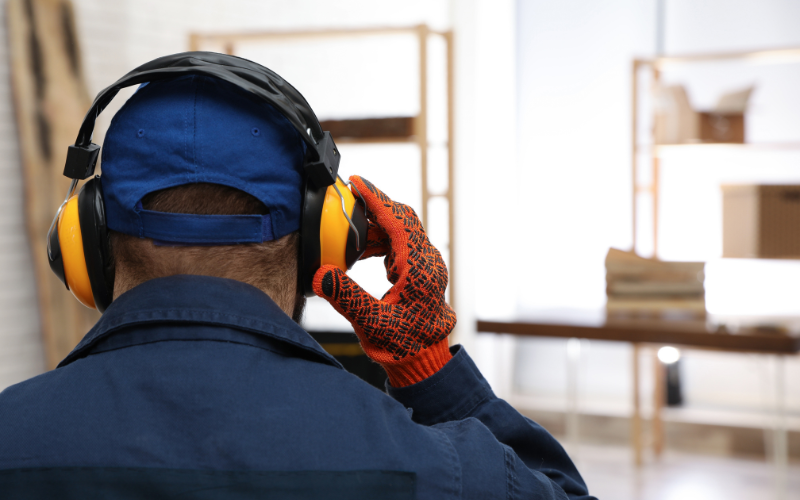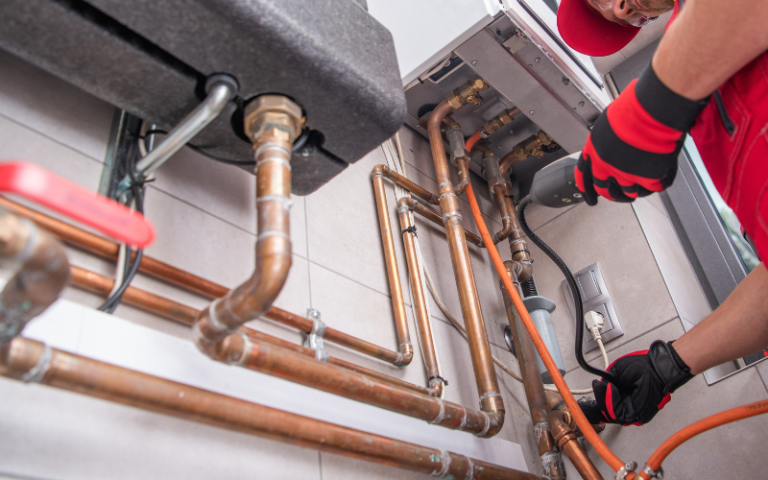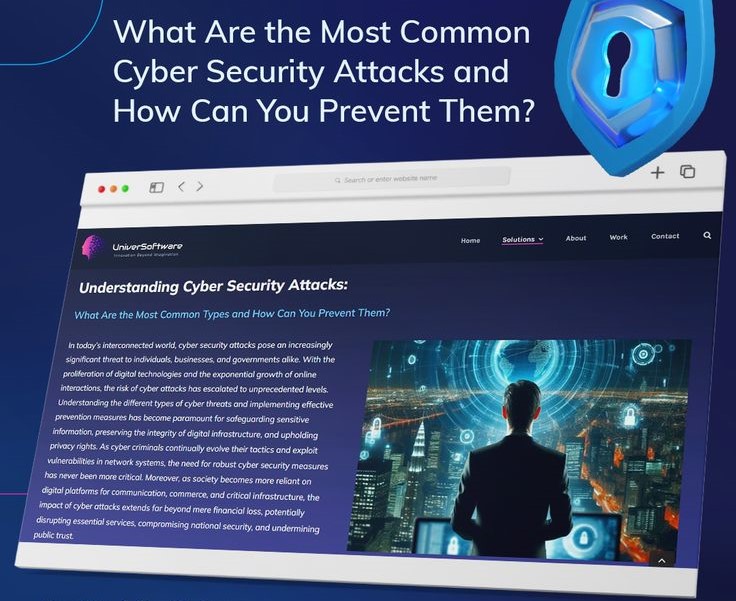The Essential Checklist for Workplace Safety in Singapore
Workplace safety is vital for ensuring the well-being of employees and maintaining productivity. A well-structured safety plan relies on the right equipment, proper training, and adherence to regulations. Whether you’re equipping your team with PPE and safety equipment or addressing specific needs like hearing protection, this checklist will help you achieve a safer working environment.
1. Assess Workplace Hazards
The first step to building an effective safety strategy is identifying workplace hazards. Every environment, from construction sites to factories, presents unique risks. Assess areas where employees may encounter noise, chemical exposure, or physical dangers.
For instance, industries with high noise levels must prioritise ear protection to prevent hearing damage. Understanding specific risks ensures you choose suitable safety measures tailored to your workplace.
2. Stock the Right PPE and Safety Equipment
Once you’ve identified hazards, equip your team with the necessary personal protective equipment (PPE). Items such as gloves, helmets, and safety goggles protect workers from physical and chemical risks. Ensure the equipment meets safety standards and is suited to the tasks at hand.
PPE and safety equipment should also include specialised items like harnesses for working at heights or fire-resistant clothing for hazardous environments. Regularly review your inventory to ensure your team has access to properly maintained and functional gear.
3. Prioritise Hearing Protection
Exposure to high noise levels can result in permanent hearing loss if left unaddressed. Provide workers with ear protection, such as earmuffs or earplugs, tailored to the noise levels in your environment.
For maximum effectiveness, ensure hearing protection devices fit comfortably and seal correctly. Train employees on when and how to use these devices, particularly in settings with fluctuating noise levels.
4. Develop a Safety Training Programme
Providing safety equipment is only effective if employees know how to use it correctly. Create a comprehensive training programme that educates workers about proper equipment usage, maintenance, and replacement schedules.
Training should also address workplace-specific risks and emergency procedures. For example, workers should learn how to inspect PPE and understand the importance of ear protection in noisy environments. Regular refresher courses help reinforce safety protocols and keep employees updated on new practices.
5. Implement Routine Equipment Inspections
Regular inspections ensure PPE and safety equipment remain in top condition. Damaged or worn-out gear compromises safety and can lead to accidents.
Create a schedule for inspecting equipment, checking items like helmets for cracks, gloves for tears, and ear protection for signs of wear. Replace damaged equipment immediately to prevent potential failures. Maintain detailed inspection records to track the condition of all safety gear.
6. Establish Clear Communication Channels
Effective communication is essential for maintaining workplace safety. Employees should feel empowered to report safety concerns or equipment issues without hesitation.
Provide clear channels for communication, such as regular safety meetings or anonymous reporting systems. Address concerns promptly to demonstrate a commitment to safety and encourage ongoing vigilance.
7. Stay Compliant with Safety Regulations
Adhering to local safety regulations ensures your workplace meets the required standards for employee protection. Regularly review guidelines to stay updated on any changes that may affect your operations.
Compliance includes proper documentation, such as safety training logs and inspection records. Work with suppliers to confirm that all PPE and safety equipment meet regulatory requirements. This not only safeguards employees but also protects your organisation from potential legal issues.
8. Promote a Culture of Safety
Creating a culture of safety involves fostering a proactive attitude among employees. Encourage workers to take ownership of their safety by recognising hazards, wearing PPE consistently, and participating in training sessions.
Leaders should set an example by adhering to safety protocols and prioritising employee well-being. A culture of safety reduces workplace incidents and builds trust between management and workers.
Conclusion: Equip, Educate, and Empower
A successful safety strategy hinges on preparation, education, and commitment. By following this essential checklist, you can ensure your workplace is equipped with the right PPE and safety equipment, prioritise hearing protection, and maintain compliance with safety standards. Empower your team with the knowledge and tools they need to stay safe and productive.
For certified PPE and expert advice on workplace safety, contact Safetysam today and ensure your team is protected at every step.





